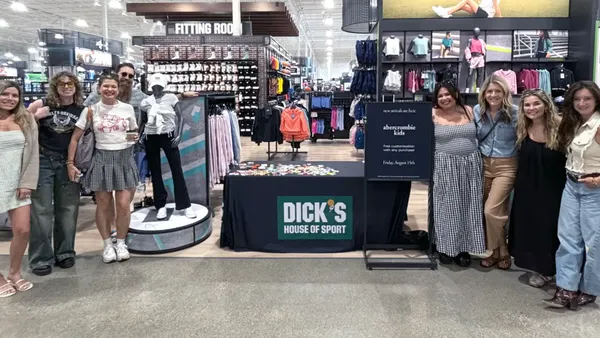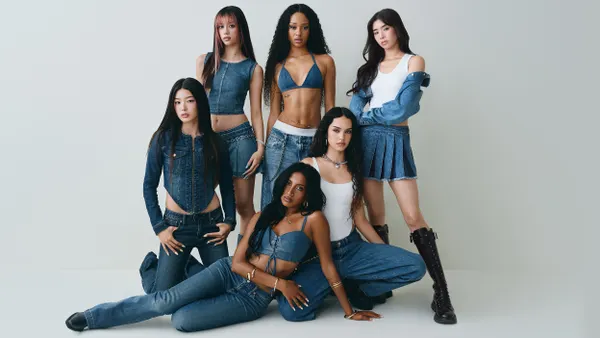Dive Brief:
-
Micro-influencers might not be worth the increasingly high price tag that comes with them, a new study by influencer marketing company Markerly found. This extra cost comes from micro-influencers beginning to hire campaign managers and photographers, according to the study, which can increase the price by 25-30% from the year-ago period.
-
According to the study, which was emailed to Retail Dive, for every dollar a company pays to an influencer, they can expect to gain only about 800 followers. What’s more, a company looking to increase engagement ROI by three engagements per dollar would need to increase their reach by 100%.
-
"For some perspective, in order to go from 1M followers to 2M followers — which only increases the ROI from near 20 engagements per dollar to around 23 engagements per dollar — it would cost an additional $1250," the study states.
Dive Insight:
Influencer marketing — which some consider to be an oversaturated market, as it deals with everything from major celebrities to micro-influencers — is a hot topic in the retail industry, especially on Instagram.
Last year, micro-influencers were especially popular with consumers— research from Keller Fay revealed that 82% of consumers surveyed would follow a micro-influencer’s recommendation. The new study by Markerly, which included nearly 1,900 influencer-marketing Instagram posts from 574 different Instagram influencers, stands in direct contrast to last year’s trends, suggesting that investments in micro-influencers might not be all that worthwhile.
Indeed, some analysts recommend a top-down approach, prioritizing the brand message over finding an influencer. That being said, some companies have seen great success with micro-influencers, such as E.L.F Cosmetics and Adidas, the latter of which relies both on micro-influencers and celebrities to grow its audience. Markerly likewise suggests that retailers choose several influencers, rather than using just one.
"We recommend a focus on influencers that have a reach between 500 thousand to 1 million to achieve [the] best value," the report states. This number leaves micro-influencers behind entirely and focuses on those with, at the least, a low-mid level influence, and at the most, a high-level influence. "In order to increase breadth of reach you’ll want to utilize multiple influencers, but to get the best return on your investment you’ll want to stick within this range."
As the emerging Generation Z looks to increase brand interaction — a recent study by the IBM Institute of Business Value and the NRF found that 44% of the youngest generation said they’d be interested in submitting ideas for product designs, 42% would participate in an online game for a brand campaign, 38% would attend an event sponsored by a brand and 36% would create digital content for a brand — influencers could play a large role for retailers trying to get in touch with young consumers. That is, if retailers can find influencers that are worth their while.
"This shift puts retailers in a tricky position as they must assess if these influencers are providing their brands with enough value to justify their higher price tags," Justin Kline, COO of Markerly, told Retail Dive in an email. "It is important for brands and retailers to take a step back and assess their budget, goals and target demographics. For retailers looking for a wider reach with their campaigns, it might be worth it to return to larger influencers and 'buy engagement in bulk,' thus getting more engagements per dollar. On the other hand, for smaller retailers who really want to tap into a niche market and connect with their target audience, micro-influencers may be worth the price."













